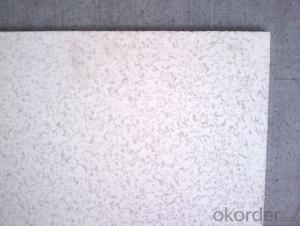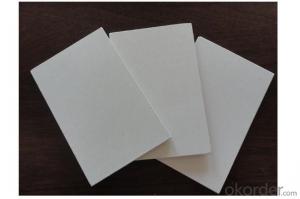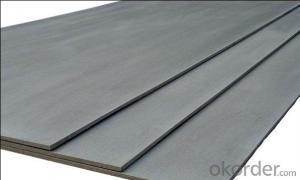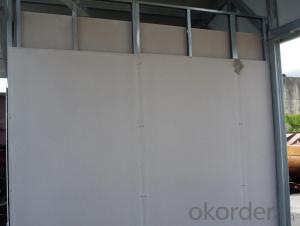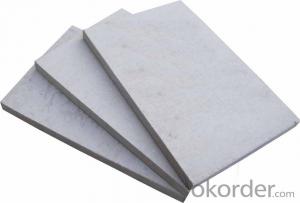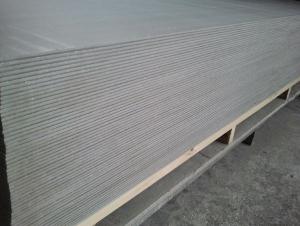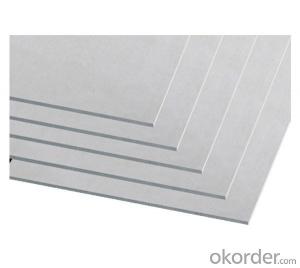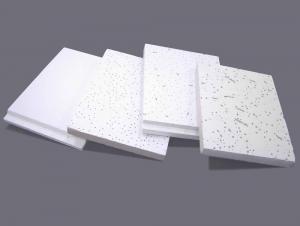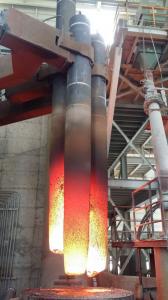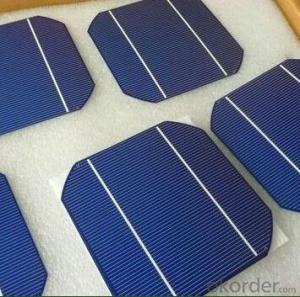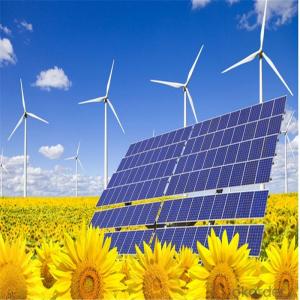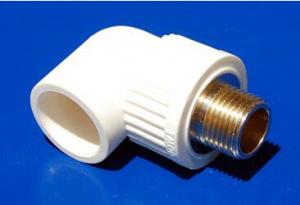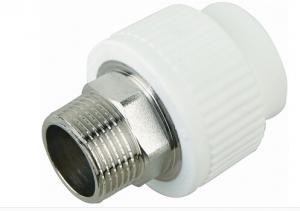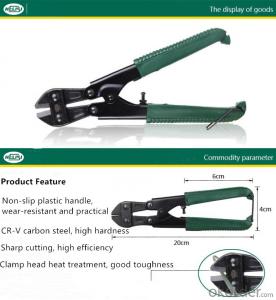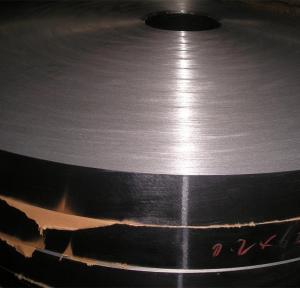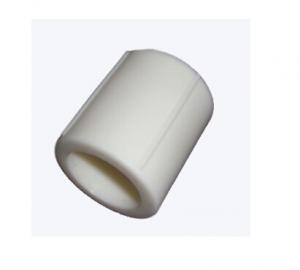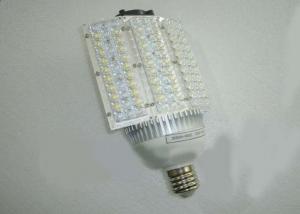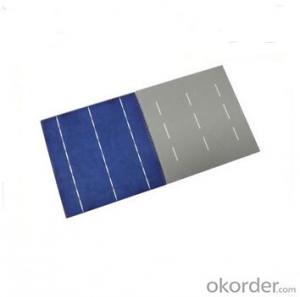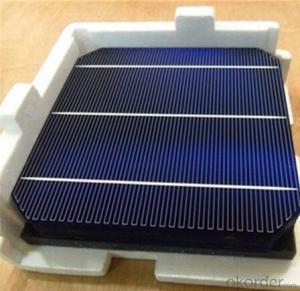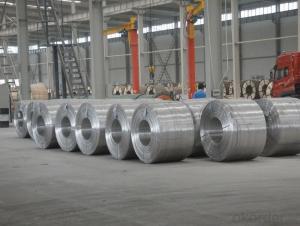High Power Solar Cells
High Power Solar Cells Related Searches
High Five Stainless Steel Prop High Quality Solar Inverter High Temperature Clear Plastic Sheet High Voltage Solar Inverter Stainless Steel Peg Board Best Quality Roofing Felt High Intensity Desk Lamp High Efficiency Hvac Systems High Rupturing Capacity Fuse High-Pressure CompressorHot Searches
Cheap High Tea Sets For Sale High Density Fiberboard For Sale Used Foam Board Insulation For Sale Magnesium Oxide Board For Sale Hdf Board For Sale sintra board for sale High Mast Light Price List Solar High Mast Light Specification High Mast Tower Price Philips High Mast Lighting Price List Bajaj High Mast Lighting Price List Gypsum Board Price Per Sheet In India High Mast Light Specification High Density Mdf Board Suppliers High Mast Tower Specification High Pressure Laminate Supplier Philippines High Mast Lighting Suppliers South Africa High Pressure Laminate Manufacturers Europe Calcium Silicate Pipe Insulation Price 5 8 Type X Gypsum Board PriceHigh Power Solar Cells Supplier & Manufacturer from China
Okorder.com is a professional High Power Solar Cells supplier & manufacturer, offers integrated one-stop services including real-time quoting and online cargo tracking. We are funded by CNBM Group, a Fortune 500 enterprise and the largest High Power Solar Cells firm in China.Hot Products
FAQ
- How can I understand the working principles of solar cells?
- As a complicated science which is quite new, you will spend lot of time in the research and analysis of solar cells.
- Yes, solar cells are environmentally friendly. They generate electricity by harnessing the sun's energy, which is a clean and renewable source of power. Solar energy production does not produce greenhouse gas emissions, air pollution, or create hazardous waste. Additionally, solar cells have a long lifespan and can be recycled at the end of their life, minimizing their environmental impact.
- Monocrystalline silicon and polycrystalline silicon cell in the appearance of what is the difference?
- There is a part of the area filled with dissatisfaction, and polysilicon solar cells are square, there is no such problem, so the efficiency of the solar cell components is almost the same. In addition, due to the two solar cell materials manufacturing process is not the same, polysilicon solar cell manufacturing process consumption of energy than monocrystalline silicon solar cells about 30%, so polysilicon solar cells
- Solar cells have a significant impact on reducing energy waste as they harness the sun's energy to generate electricity without emitting greenhouse gases or consuming any fossil fuels. By converting sunlight into usable electricity, solar cells enable a greener and more sustainable energy source, ultimately minimizing the need for traditional, non-renewable energy sources and reducing overall energy waste.
- Solar cells are a more sustainable and environmentally friendly option for energy production compared to fossil fuels. While fossil fuels are limited in supply and contribute to air pollution and climate change, solar cells harness the power of the sun to generate electricity without emitting harmful greenhouse gases. Additionally, solar cells have the potential for decentralized energy production and can be installed in various locations, making them a more flexible and accessible source of energy.
- Solar cells can handle power fluctuations in remote areas by using a combination of energy storage systems such as batteries, inverters, and charge controllers. These components work together to store excess energy generated during peak sunlight hours and provide a stable power supply even during periods of low sunlight or high demand. This ensures a consistent and reliable power output, making solar cells an effective solution for addressing power fluctuations in remote areas.
- I have a turnkey solar power project starting in 6 months, now we are searching the market in south China to find the best solar cells manufacturers. Any professional suggestion or recommendation?
- In south China, you will have more resources than in north China, because there are many solar cell factories over there, which means you get to have more choice to select from.
- Yes, solar cells can be used for powering navigation buoys. Solar cells are a reliable and sustainable source of energy that can be used to power various devices, including navigation buoys. They can harness sunlight and convert it into electricity, providing a continuous power supply for the buoys' operations. This eliminates the need for traditional fuel-based generators or batteries, making solar cells a cost-effective and environmentally-friendly option for powering navigation buoys.

